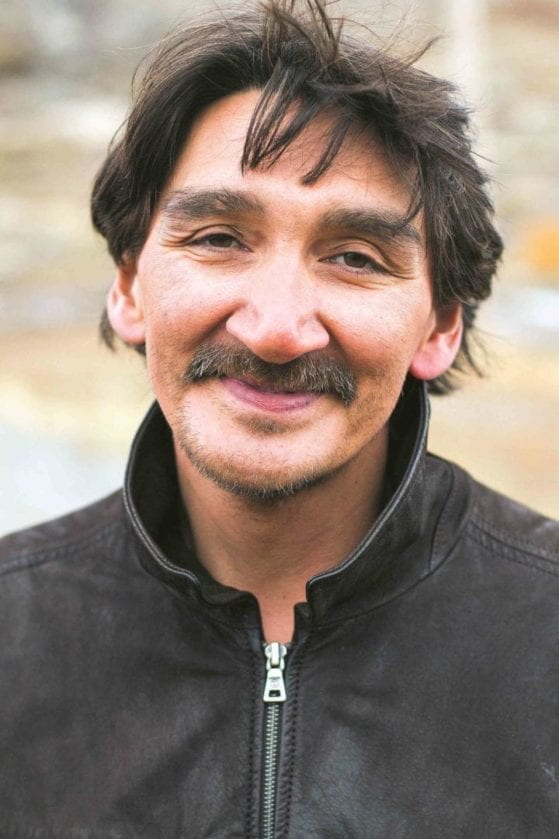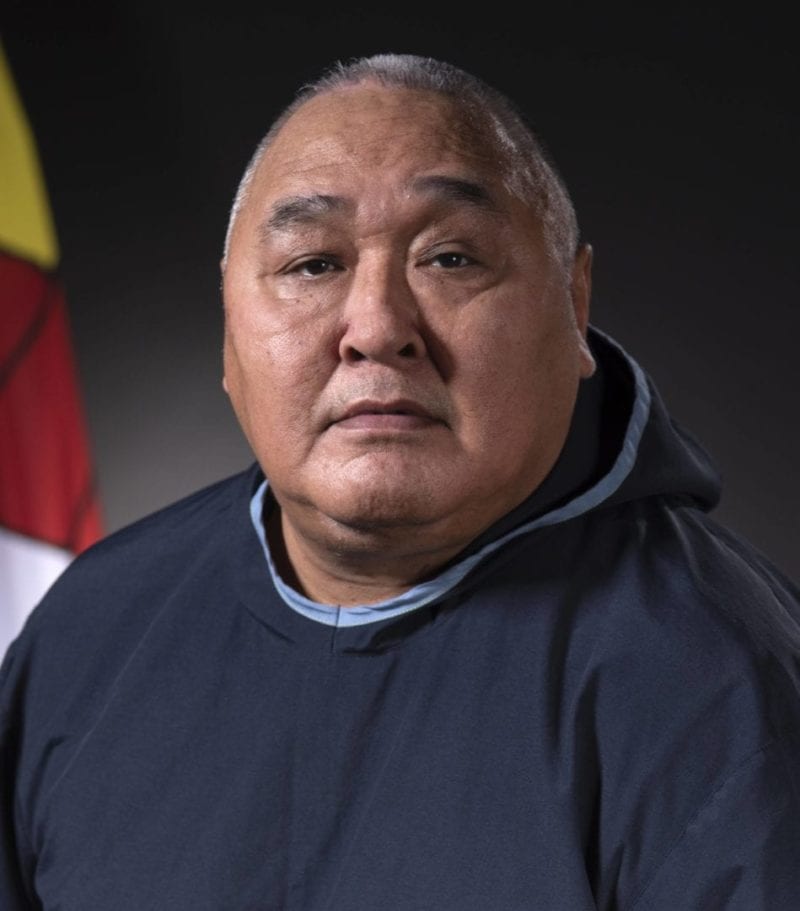The Qikiqtani Inuit Association's Dec. 14 election for vice-president raised a thorny issue that has been simmering for years: the prospect of North Baffin communities forming their own regional Inuit association.
Jerry Natanine, Clyde River mayor and close runner-up for the office of QIA vice-president, once again made it publicly known that he's in favour of a split.

NNSL file photo
“Thirteen communities under one organization is too many. A lot of the communities feel left out and not represented,” Natanine wrote on Facebook on Dec. 2, reiterating comments he made in 2016. “With fewer communities, it would be easier to do good works for our communities. To be at QIA board is kind of overwhelming in that the land is so vast and so many communities to serve.”
Neither Natanine nor QIA President P.J. Akeeagok responded to Nunavut News' requests for comment prior to press deadline.
According to the Nunavut Land Claim Agreement, the North Baffin land use region includes the communities of Arctic Bay, Clyde River, Grise Fiord, Iglulik, Pond Inlet, Resolute Bay and Sanirajak, consisting of 86,060 square km of Inuit-owned lands.
The South Baffin land use region comprises the communities of Iqaluit, Kimmirut, Kinngait, Pangnirtung and Qikiqtarjuaq, encompassing 64,745 square km of Inuit-owned lands.
The QIA's membership also includes Sanikiluaq, an island in Hudson Bay.
There have been tensions brewing this year as mayors and hunters and trappers chairs from the five communities affected by Baffinland Iron Mines' Mary River project have criticized the QIA's signing of an Inuit Certainty Agreement with the mining company, which is in the midst of a regulatory process as it hopes to expand the mine. An August memorandum circulated to media – with Pond Inlet Mayor Joshua Arreak and Iglulik Mayor Merlyn Recinos listed as the contacts – states that “the (Inuit Certainty) agreement, signed without consent of the affected communities, appears headed for a rough ride.”
Natanine addressed the topic of economic development in his recent social media post, suggesting that the Chidliak diamond deposit, now owned by De Beers, seems “promising” as an economic engine for south Baffin communities.

photo courtesy of the GN
David Qamaniq, Tununiq MLA and a former mayor of Pond Inlet, is familiar with the perception among people in the North Baffin that too many benefits flow to the south, particularly the capital of Iqaluit. In the legislature, Qamaniq has called for a long-term care centre to be based in the North Baffin, as it would be more convenient for residents there than travelling to Iqaluit, but the GN is resistant.
He said a petition calling for a North Baffin regional Inuit association was circulating in Pond Inlet prior to the September 2019 MLA byelection that he won. He doesn't know what happened to the petition, however.
“We have our own issues in North Baffin and South Baffin have their own issues as well. Most of the time all the decisions are made by either the Nunavut government, or NTI or the Qikiqtani Inuit Association, even though the community representatives are really pushing for a change in the QIA position with the Mary River project, the phase two proposal,” Qamaniq said. “They all seem to make the decisions even though the people of Pond Inlet are vocal about things they want to see within the project itself ... I guess people are frustrated about everything that's going on with the Mary River project.
“I guess QIA thinks that if we do separate, North Baffin will be more rich than the South Baffin because there's no mine down in South Baffin. I don't know. That may be the case, I don't know.”
Another matter that Natanine addressed is that Inuit associations should begin taking over more Government of Nunavut services.
“The dream of Nunavut and Inuit being in control is not happening now, or it might just be a slow process,” he wrote.
On that point, however, Qamaniq cautioned that Inuit associations are empowered through the Nunavut Land Claim Agreement only to look after Inuit affairs. They are not public governments that oversee programs and services for non-Inuit as well.